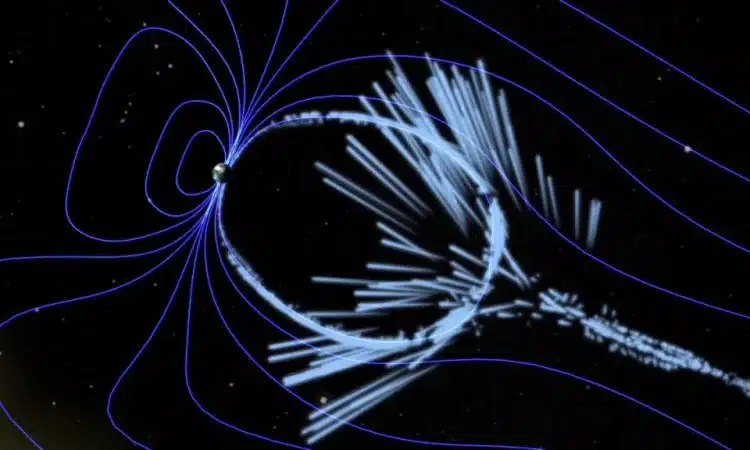
Nothing can go faster than light in a vacuum (about 300 thousand kilometers per second). Here’s why
For a long time, scholars believed that light had . On the other hand, in our daily life, every time we turn on a lamp, the light turns on instantly. It was in the 17th century that a Danish astronomer, such Ole Rømerhypothesized that light had a certain speed. It was he who determined its value, while working at the Paris observatory directed at that time by Giovanni Domenico Cassini. He got there by observing Ioone of Jupiter’s most famous moons.
Question of times and orbits
In practice, the satellite completes a complete orbit around Jupiter in 1.76 days. Rømer noticed, however, that the time it took it wasn’t always the same and that, in some periods of the year, Io it took longer to make a complete circuit around the gas giant. When Earth was farther from Jupiter, it took longer. In contrast, when the two planets were closer, the moon appeared anticipate his revolution. Rømer then came to the conclusion that the speed of light was not infinite. With this assumption the light would have taken a certain time to reach from Jupiter to Earth.
The speed of light
Rømer’s hypothesis had not fully convinced the other scientists of the time. To prove his point, the astronomer predicted that the eclipse of Ioscheduled for 9 November 1676it would have happened 10 minutes early compared to the time that all other scientists had calculated based on the moon’s previous transits around Jupiter. The prediction came true and even Cassini had to convince himself that the speed of light was not infinite. Rømer explained that it took the light 22 minutes to travel the diameter of the Earth’s orbit and calculated it at 220 thousand kilometers per second, an incorrect measurement, of course (the precise speed is 299,792.458 km/s), but certainly that closest to its real value.
Advertisement
Because nothing can surpass the light
Some scientists argue that there are some particles called “tachyons”, which have the characteristic of travelling at speeds greater than that of light. The problem is that, even if they existed, . Over a century ago Einstein demonstrated that energy E of an object is related to its mass m: hence the famous one that predicts that E=mc2dove c it is precisely the speed of light. This equation tells us that energy and mass are two equivalent entities and that they can transform into each other. If you think about it, that’s exactly what happens when we accelerate an object: the energy we impart to it partly increases its mass. This means that more and more energy is needed to increase the speed of objects. The closer you get to that of light, the more enormous amounts of energy are needed. An 80kg man, for example, would have a mass of 2 tonnes if he were traveling at 99.9% speed. c. If we tried to push it to make it exceed this speed, its mass would increase beyond belief, leaving the speed practically unchanged. This is why we cannot exceed the speed of light (let alone reach it with the technology we have available).
Read more:

